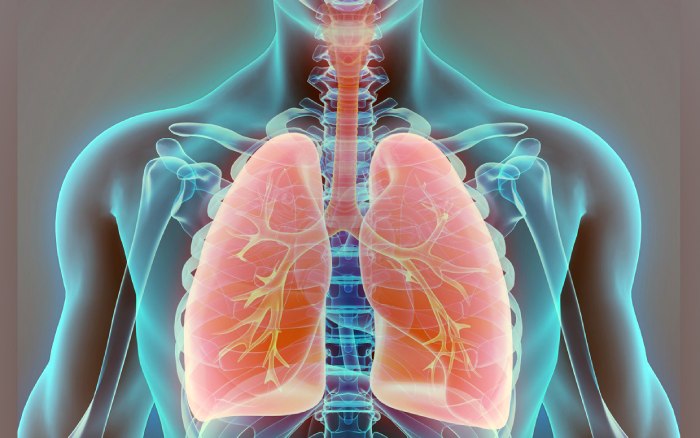Tech & Business
5.24.2022
Saudi Arabia: this new AI detects invisible lung damage

In Saudi Arabia, the development of artificial intelligence technology could become a new method of detecting and monitoring respiratory diseases.
The technique, developed by King Abdullah University of Science and Technology, is called ‘deep-lung parenchyma-enhancing’ (DLPE). By overlaying AI algorithms on standard chest imaging data, it is able to detect otherwise indistinguishable lung dysfunctions. By making lesions visible, DLPE supports not only faster and more reliable diagnosis but also better treatment of the disease.
AI designed for post-Covid and not only
DLPE was originally designed to address the long-term respiratory problems associated with Covid-19, where conventional chest scans did not reveal signs of lung scarring and abnormalities. The AI technique is used to visualise unseen damage, persistent symptoms and post-Covid complications. However, DLPE has also been tested on patients with other lung diseases such as pneumonia, tuberculosis and lung cancer. It has thus proven to be effective in detecting lesions in a precise and localised manner, and thus covers a wide range of medical needs.

Towards a gradual introduction of DLPE to treat Covid-19
The tool has already been proven on a patient at the affiliated Harbin Medical University Hospital in China and with frontline radiologists at the King Faisal Specialist Hospital in Riyadh. The technology was refined and then applied to dozens of Covid-19 survivors, all of whom required intensive care treatment. DLPE has so far demonstrated signs of pulmonary fibrosis in patients with post-Covid breathlessness and cough, undetectable with conventional imaging techniques.
popular

